Bidets have gained popularity worldwide as a superior alternative to toilet paper, providing better hygiene, comfort, and sustainability. However, some people worry that using a bidet might lead to urinary tract infections (UTIs). Is there any truth to this concern, or is it just a myth? This article explores the relationship between bidet use and UTIs, debunking common misconceptions and providing evidence-based insights into how bidets impact urinary health.
Understanding Urinary Tract Infections (UTIs)
A Urinary Tract Infection (UTI) is a bacterial infection affecting any part of the urinary system, including the bladder, urethra, or kidneys. Bladder infections (cystitis) cause symptoms like frequent urination, burning, and discomfort. Urethral infections (urethritis) result in irritation and pain while urinating. More severe cases, like kidney infections (pyelonephritis), may lead to fever, back pain, and nausea. UTIs are more common in women due to shorter urethras but can affect anyone. Causes include poor hygiene, dehydration, or holding in urine too long. Prevention includes proper hydration, hygiene, and urinating after intercourse. Proper treatment involves antibiotics and medical consultation.

Common Causes of UTIs
- Poor hygiene – Not wiping properly or not cleaning the genital area can lead to bacterial infections.
- Intimate activity – Engaging in intimate activity can introduce bacteria into the urethra.
- Retaining urine – Postponing urination may enable bacteria to proliferate in the bladder.
- Certain health conditions – Diabetes, kidney stones, or a weakened immune system can increase the risk of UTIs.
- Improper wiping technique – Wiping from back to front can transfer bacteria from the anus to the urethra.
Given that hygiene plays a critical role in preventing UTIs, it’s important to examine whether bidets help or harm when it comes to UTI prevention.
Can a Bidet Cause a UTI? Myths vs. Facts
There are several myths regarding bidets and UTIs. Let’s separate fact from fiction.
Myth #1: Bidets Spray Bacteria into the Urethra
Fact: A properly used bidet does not introduce bacteria into the urethra. Bidets are designed to clean the genital and anal areas with a gentle stream of water, reducing bacteria rather than spreading them. In fact, washing with water is often more effective than wiping with toilet paper, which can leave behind residue. However, improper use—such as spraying from back to front—could theoretically push bacteria toward the urethra.

Myth #2: Bidets Harbor Harmful Bacteria
Fact: A well-maintained bidet is not a breeding ground for harmful bacteria. Concerns about bidets spreading bacteria usually stem from poor cleaning habits rather than the bidet itself. If a bidet nozzle is not cleaned regularly, bacteria and other pathogens may accumulate. However, most modern bidets come with self-cleaning nozzles and antimicrobial features, minimizing this risk.
Myth #3: Bidets Disrupt the Natural Balance of the Genital Area
Fact: Bidets are gentle and do not disrupt the natural pH or bacterial flora when used correctly. Some people worry that bidets may strip away protective bacteria from the genital region, increasing UTI risk. However, bidets use water, not harsh soaps or chemicals, meaning they do not alter the vaginal or urethral microbiome. Overuse of high-pressure settings or excessive washing with hot water and soap may cause irritation, but normal bidet use poses no such risk.
Myth #4: Women Are More Likely to Get a UTI from a Bidet
Fact: Women are more prone to UTIs in general, but bidet use can actually reduce their risk. Women have a shorter urethra than men, making them more susceptible to infections. While some fear that bidets might introduce bacteria, proper use of a bidet—spraying from front to back—can actually reduce UTI risk by preventing bacterial transfer.

Benefits of Using a Bidet for UTI Prevention
If used correctly, bidets can help prevent UTIs rather than cause them. Here’s how:
1. Better Hygiene - Bidets provide a thorough cleansing, removing bacteria more effectively than toilet paper. This reduces the chances of fecal bacteria entering the urethra, which is the primary cause of UTIs.
2. Reduced Irritation - Toilet paper can cause friction and irritation, leading to small tears in the skin that make it easier for bacteria to enter. Bidets use water, which is gentler on the skin, reducing irritation and inflammation.
3. Ideal for People with Mobility Issues - For individuals with limited mobility, such as the elderly or those with disabilities, maintaining proper hygiene can be challenging. A bidet provides hands-free cleaning, reducing the risk of bacterial contamination.
4. Fewer Chemicals and Fragrances - Many toilet papers contain chemicals and fragrances that can cause skin irritation and disrupt the vaginal flora, increasing the risk of infection. A bidet eliminates the need for these products, promoting natural cleanliness.
How to Use a Bidet Properly to Prevent UTIs
To maximize the hygiene benefits of a bidet and minimize any risks, follow these best practices:

1. Always Spray from Front to Back
- Direct the water stream from the front toward the back to prevent bacteria from spreading to the urethra.
- Avoid spraying directly into the vaginal or urethral opening.
2. Adjust Water Pressure and Temperature
- Use a gentle water pressure to avoid irritation.
- Lukewarm water is ideal—avoid excessively hot or cold water.
3. Dry Properly After Use
- Pat the area dry with a clean towel or use a built-in air dryer if available.
- Avoid reusing damp towels, as they can harbor bacteria.
4. Clean the Bidet Regularly
- If the bidet has a self-cleaning nozzle, let it run before and after use.
- Clean the nozzle and surrounding area with mild soap or a disinfectant regularly.
5. Avoid Excessive Use of Soap
- Water alone is sufficient for cleansing.
- If using soap, opt for a mild, unscented, pH-balanced formula to prevent irritation.
Who Should Be Cautious When Using a Bidet?
While bidets are generally safe, certain individuals should be extra careful:
- People with pre-existing infections – If you already have a UTI or vaginal infection, consult a doctor before using a bidet.
- Those with sensitive skin – Avoid high-pressure settings or excessive use if you have dermatitis or irritation.
- Immunocompromised individuals – Those with weakened immune systems should ensure their bidet is properly sanitized.
Final Verdict: Do Bidets Cause UTIs?
No, bidets do not cause UTIs when used correctly. In fact, they can help prevent infections by improving hygiene and reducing bacterial spread. The key is proper use, regular cleaning, and maintaining good personal hygiene practices. If you are prone to UTIs, a bidet might actually be a better option than toilet paper, as long as you use it correctly. By following front-to-back cleaning techniques, adjusting water pressure, and keeping the bidet clean, you can enjoy the many benefits of this modern hygiene tool while keeping your urinary tract healthy. Would you consider switching to a bidet? Let us know your thoughts!

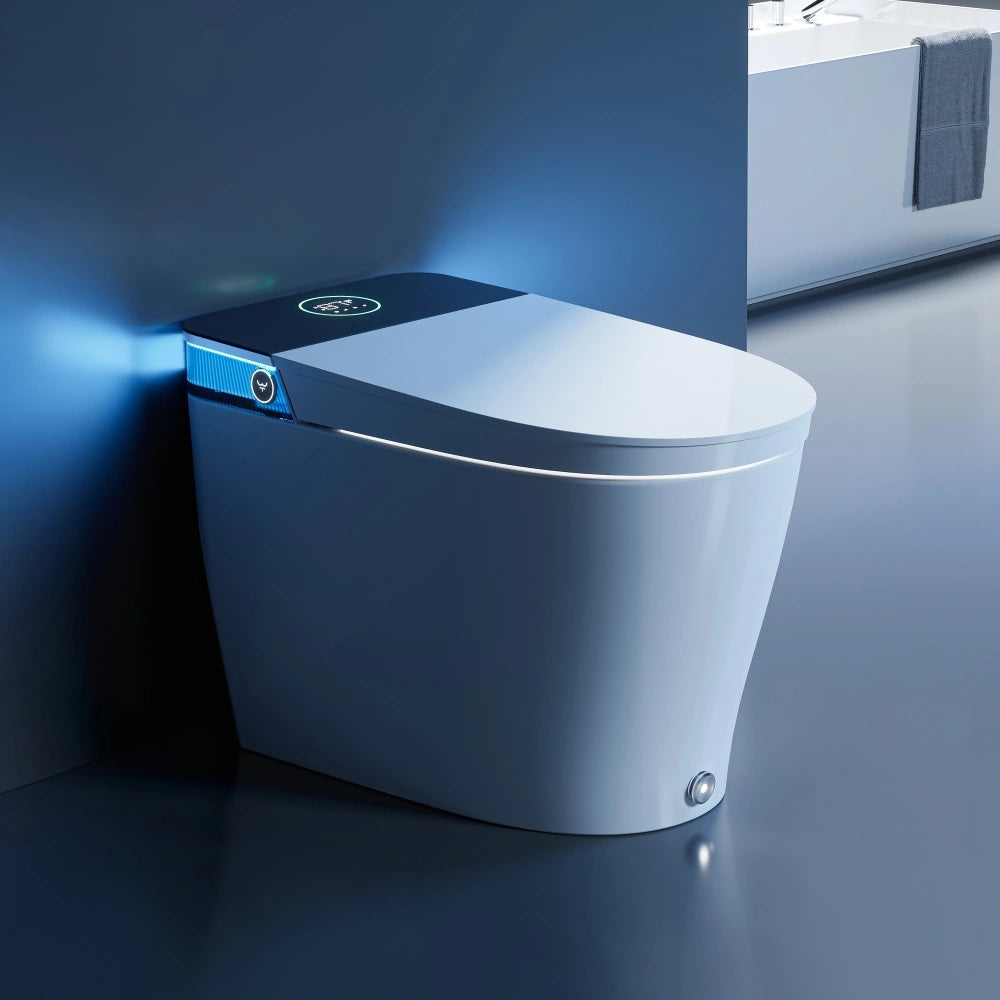
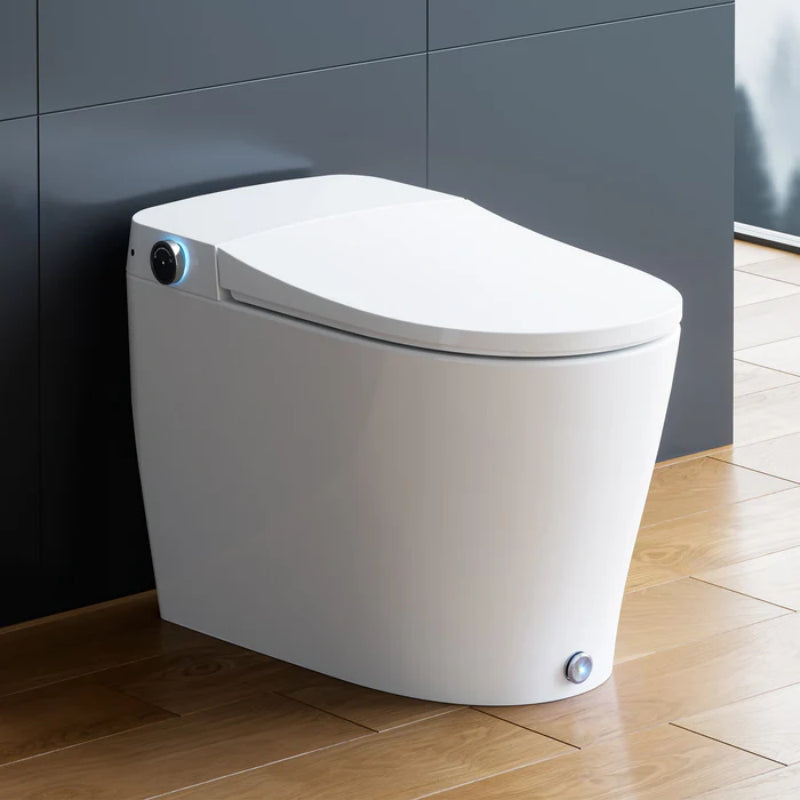
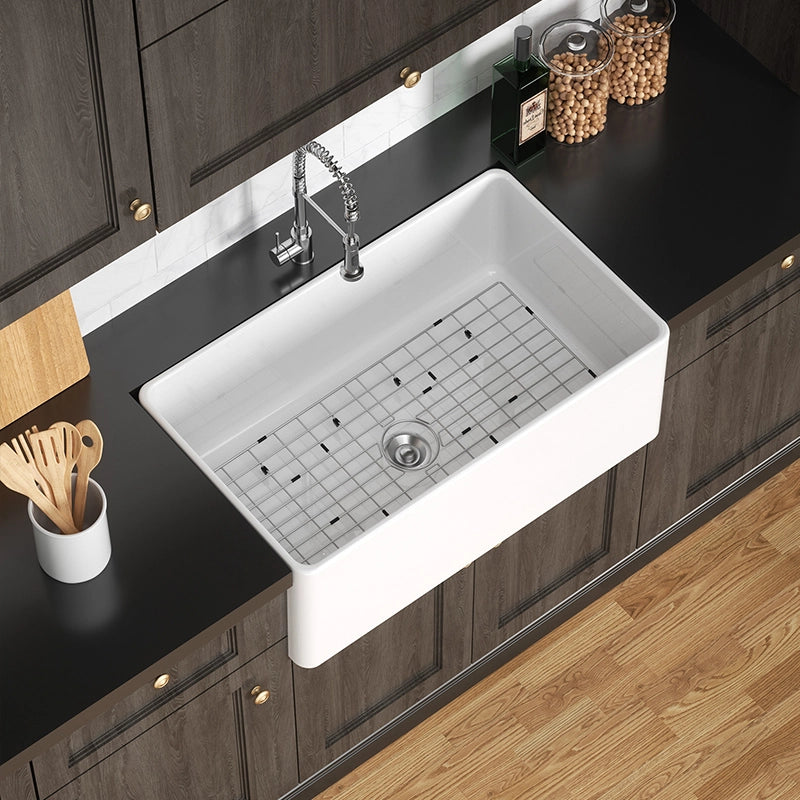
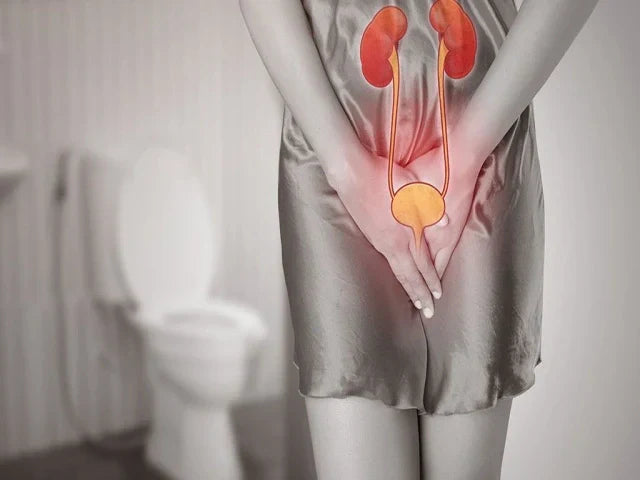
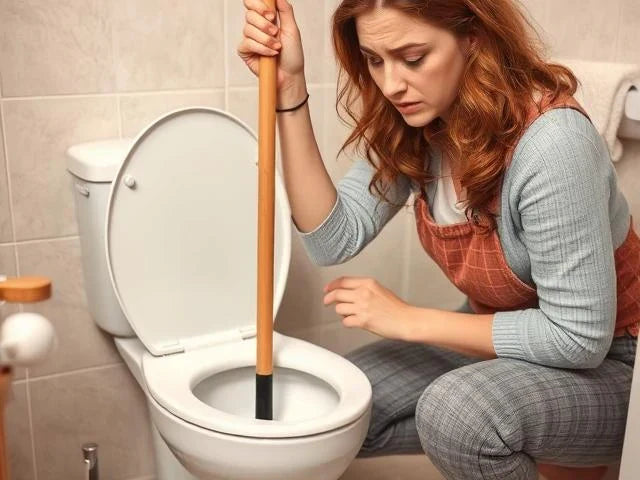
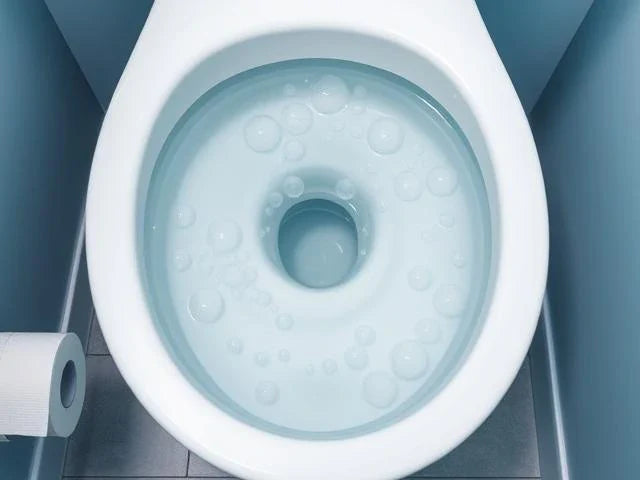

Leave a comment
This site is protected by hCaptcha and the hCaptcha Privacy Policy and Terms of Service apply.